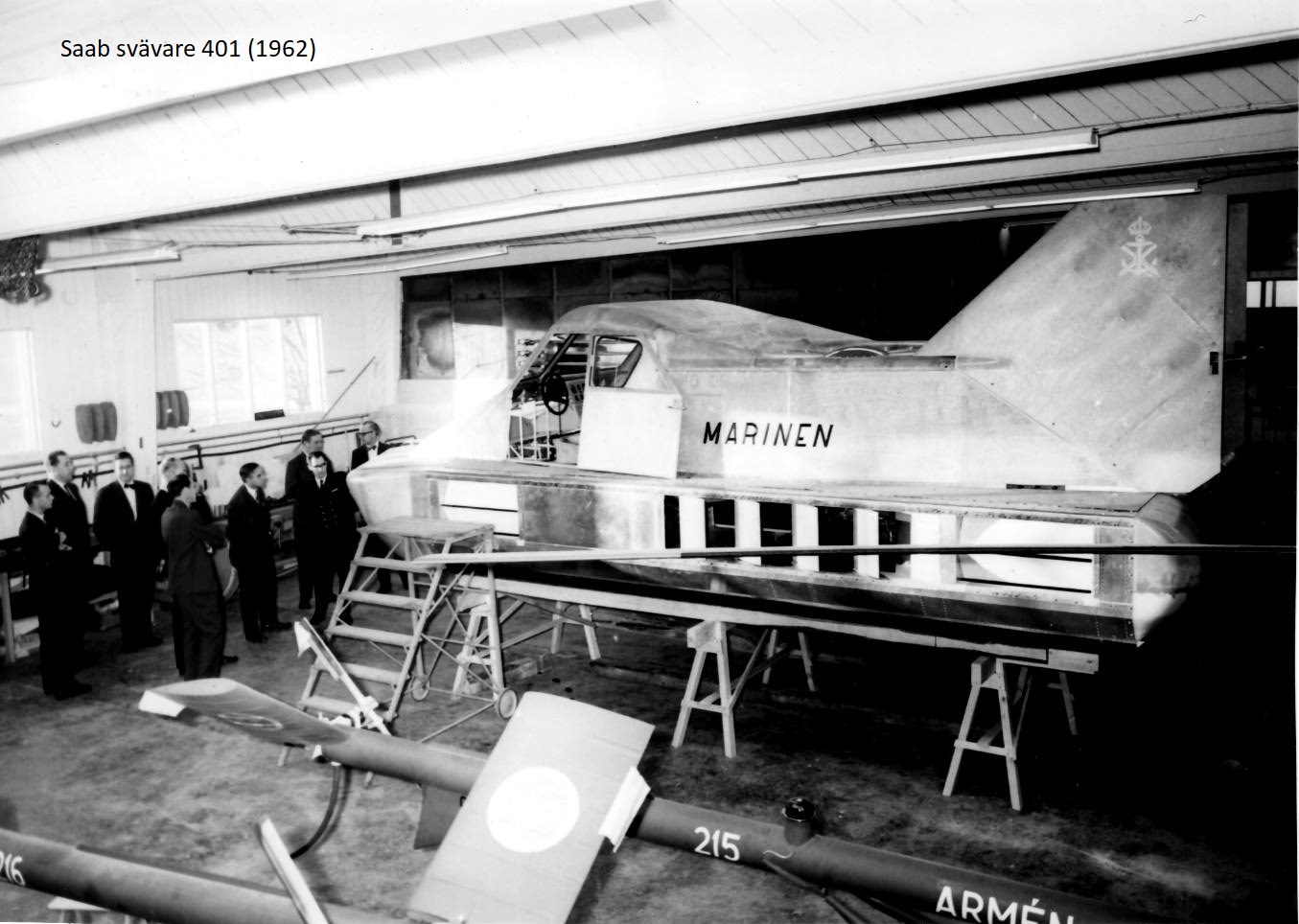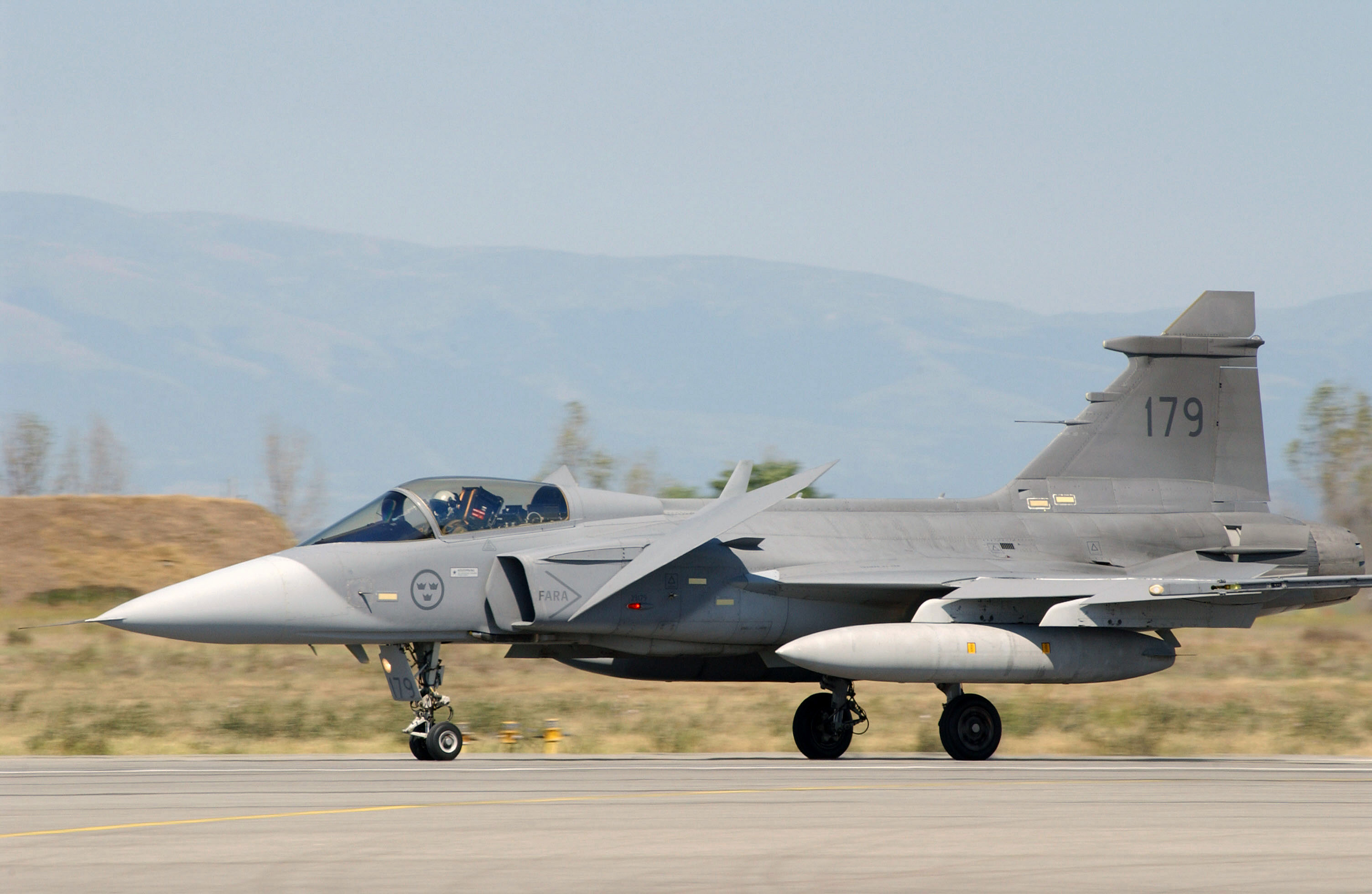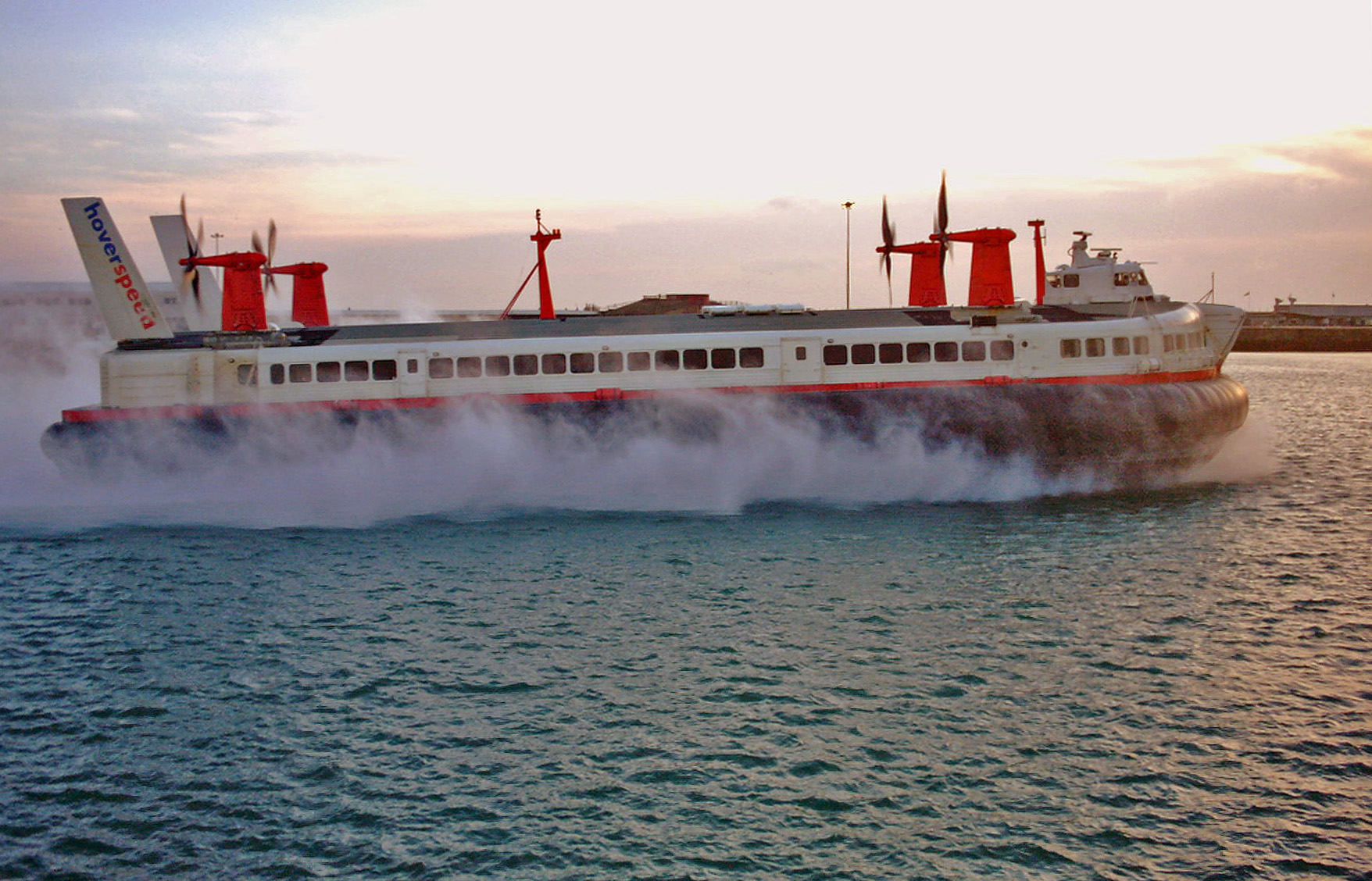|
Saab 401
The Saab 401 MEFA was an experimental air-cushioned vehicle with a weight of 2 tons and capable of about 40 knots on open water with two people on board. A single prototype was built under contract to the Swedish Navy. The craft was first tested in 1963. The Navy retired the project in 1967 when it donated the 401 prototype to the Maritime Museum in Karlskrona Sweden. History The Saab 401 MEFA project was created in the late 1950s as a collaboration between Saab and the Royal Swedish Naval Materiel Administration, Karlskronavarvet ( Saab Kockums) and the Swedish National Aeronautical Research Institute (FFA). Later the project was continued on lean funds at FFA. MEFA is the Swedish acronym for ''Markeffektfarkost'' ( ground effect vehicle); the craft was also known as the "MEFAN". Its design was led by Olof Ljungström. Vickers-Armstrongs was contracted for engineering work. It was first tested March 4, 1963, in Norrköping. In January 1964, the 401 prototype was delivered ... [...More Info...] [...Related Items...] OR: [Wikipedia] [Google] [Baidu] |
Saab AB
Saab AB (originally , later just SAAB and Saab Group) is a Swedish aerospace and defence company, founded in 1937. Headquartered in Stockholm, the development and the manufacturing is undertaken in Linköping. Saab produced automobiles from 1947 until 1990 when the automobile division was spun off as Saab Automobile, a joint venture with General Motors. The joint venture ended in 2000 when GM took complete ownership. From 1968 onwards the company was in a merger with commercial vehicle manufacturer Scania-Vabis, known as Saab-Scania. The two were de-merged in 1995 by the new owners, Investor AB. Despite the demerger, both Saab and Scania share the right to use the griffin logo, which originates from the coat of arms of the Swedish region of Scania. History "Svenska Aeroplan AktieBolag" (Swedish for "Swedish Aeroplane Company Limited") (SAAB) was founded in 1937 in Trollhättan, with the merger of Svenska Aero AB (SAAB) and Linköping based ASJA the headquarters moved to Lin ... [...More Info...] [...Related Items...] OR: [Wikipedia] [Google] [Baidu] |
Saab Kockums
Saab Kockums Aktiebolag, AB is a shipyard headquartered in Malmö, Sweden, owned by the Swedish defence company Saab Group. Saab Kockums AB is further operational in Muskö naval base, Muskö, Dockstavarvet, Docksta, and Karlskrona shipyard, Karlskrona. While having a history of civil vessel construction, Kockums' most renowned activity is the fabrication of military corvettes and submarines. Kockums worked with Northrop Grumman and Howaldtswerke-Deutsche Werft (HDW) to offer a Visby-class corvette, ''Visby''-class corvette derivative in the American Focused Mission Vessel Study, a precursor to the Littoral Combat Ship program. It competed with several other concepts, including Norway's Skjold class (part of a Raytheon led group). History Kockums during the 19th century During the 1820:s the Kockums family established themselves as Businessperson, businesspeople in Malmö. Frans Henrik Kockum built a large fortune through an investment in tobacco production. Thanks to this h ... [...More Info...] [...Related Items...] OR: [Wikipedia] [Google] [Baidu] |
Swedish Navy
The Swedish Navy ( sv, Svenska marinen) is the naval branch of the Swedish Armed Forces. It is composed of surface and submarine naval units – the Fleet () – as well as marine units, the Amphibious Corps (). In Swedish, vessels of the Swedish Navy are given the prefix "HMS", short for (His/Her Majesty's Ship). In English, this is sometimes changed to "HSwMS" ("His Swedish Majesty's Ship") to differentiate Swedish vessels from those of the British Royal Navy. Founded under King Gustav I in 1522, the Swedish navy is one of the oldest continuously serving navies in the world, celebrating its 500th anniversary in 2022. History Early Swedish kings ( 9th–14th centuries) organised a Swedish Navy along the coastline through . This involved combined rowing and sailing ships (without artillery). This system became obsolete with the development of society and changes in military technology. No later than in the 14th century, the duty to serve in was replaced by a tax ... [...More Info...] [...Related Items...] OR: [Wikipedia] [Google] [Baidu] |
Hovercraft
A hovercraft, also known as an air-cushion vehicle or ACV, is an amphibious Craft (vehicle), craft capable of travelling over land, water, mud, ice, and other surfaces. Hovercraft use blowers to produce a large volume of air below the hull, or air cushion, that is slightly above atmospheric pressure. The pressure difference between the higher pressure air below the hull and lower pressure ambient air above it produces lift, which causes the hull to float above the running surface. For stability reasons, the air is typically blown through slots or holes around the outside of a disk- or oval-shaped platform, giving most hovercraft a characteristic rounded-rectangle shape. The first practical design for hovercraft was derived from a British invention in the 1950s. They are now used throughout the world as specialised transports in disaster relief, coastguard, military and survey applications, as well as for sport or passenger service. Very large versions have been used to t ... [...More Info...] [...Related Items...] OR: [Wikipedia] [Google] [Baidu] |
Air-cushioned Vehicle
A hovercraft, also known as an air-cushion vehicle or ACV, is an amphibious craft capable of travelling over land, water, mud, ice, and other surfaces. Hovercraft use blowers to produce a large volume of air below the hull, or air cushion, that is slightly above atmospheric pressure. The pressure difference between the higher pressure air below the hull and lower pressure ambient air above it produces lift, which causes the hull to float above the running surface. For stability reasons, the air is typically blown through slots or holes around the outside of a disk- or oval-shaped platform, giving most hovercraft a characteristic rounded-rectangle shape. The first practical design for hovercraft was derived from a British invention in the 1950s. They are now used throughout the world as specialised transports in disaster relief, coastguard, military and survey applications, as well as for sport or passenger service. Very large versions have been used to transport hundreds ... [...More Info...] [...Related Items...] OR: [Wikipedia] [Google] [Baidu] |
Swedish Navy
The Swedish Navy ( sv, Svenska marinen) is the naval branch of the Swedish Armed Forces. It is composed of surface and submarine naval units – the Fleet () – as well as marine units, the Amphibious Corps (). In Swedish, vessels of the Swedish Navy are given the prefix "HMS", short for (His/Her Majesty's Ship). In English, this is sometimes changed to "HSwMS" ("His Swedish Majesty's Ship") to differentiate Swedish vessels from those of the British Royal Navy. Founded under King Gustav I in 1522, the Swedish navy is one of the oldest continuously serving navies in the world, celebrating its 500th anniversary in 2022. History Early Swedish kings ( 9th–14th centuries) organised a Swedish Navy along the coastline through . This involved combined rowing and sailing ships (without artillery). This system became obsolete with the development of society and changes in military technology. No later than in the 14th century, the duty to serve in was replaced by a tax ... [...More Info...] [...Related Items...] OR: [Wikipedia] [Google] [Baidu] |
Marinmuseum
Marinmuseum (previously: Shipyard Museum, ''Varvsmuseet''; alternate: Naval Dockyard Museum; translation: Naval Museum) is a maritime museum located on Stumholmen island, in Karlskrona. It is Sweden's national naval museum, dedicated to the Swedish naval defense and preservation of the country's naval history. History Marinmuseum is one of Sweden's oldest museums. The museum was established in 1752 when King Adolf Frederick began the collection and documentation of naval objects in what was called the Model Room (''Modellkammaren''). He also ordered the preservation of ship models and shipbuilding machinery. During the period of 1953 through 1997, the museum was situated in the barracks of the Örlogshamnen naval harbor. Prior to 1963, it was known as the Shipyard Museum (''Varvsmuseet''). In the 1960s, ten figureheads created by Johan Törnström were brought to the museum. Since June 1997, the museum has been housed on the island of Stumholmen in central Karlskrona. The Stat ... [...More Info...] [...Related Items...] OR: [Wikipedia] [Google] [Baidu] |
Royal Swedish Naval Materiel Administration
The Royal Swedish Naval Materiel Administration ( sv, Kungliga Marinförvaltningen, KMF) was the central board of the Swedish Navy in technical and economic terms. It was active between the years 1878 and 1968 when it was disbanded and amalgamated into the Defence Materiel Administration. History The Naval Materiel Administration was established on 1 January 1878 after the approval of the Riksdag and the royal decree, by the transformation of the Management of the Naval Affairs (''Förvaltningen av sjöärendena'') and the merger between Ministry for Naval Affairs' military and technical agencies. The Naval Materiel Administration consisted of three equal units: the Military Department, the Civil Department and the Engineering Department, each with its own chief but with common office and secretariat. The Naval Materiel Administration acted as the agency under the Ministry for Naval Affairs and was the head board for the defense fleet in military, technical and financial matters. ... [...More Info...] [...Related Items...] OR: [Wikipedia] [Google] [Baidu] |
National Aeronautical Research Institute
National Aeronautical Research Institute ( sv, Flygtekniska försöksanstalten, abbreviated FFA), was a former Swedish state governmental authority under the Ministry of Defence with the aim to conduct research, development and experimentation in the aeronautical field. The FFA was located in Ulvsunda industrial park in Bromma, Stockholm. History The large facility at Ranhammarsvägen was designed by architect Erik and Lars-Erik Lallerstedt (father and son). The FFA was established in 1940 and its first director was Professor Ivar Malmer. Its task was, in accordance with its instruction, to promote the development of aviation technology in Sweden and remunerated conduct aeronautical research and experimentation. Operations were focused on aerodynamic research and testing activities related to the design of the lifting and controlling elements in aircraft and missiles, and partly to the strength of materials research and testing activities mainly relating to so called high-strength ... [...More Info...] [...Related Items...] OR: [Wikipedia] [Google] [Baidu] |
Ground Effect (aerodynamics)
For fixed-wing aircraft, ground effect is the reduced aerodynamic drag that an aircraft's wings generate when they are close to a fixed surface.. Reduced drag when in ground effect during takeoff can cause the aircraft to "float" while below the recommended climb speed. The pilot can then fly just above the runway while the aircraft accelerates in ground effect until a safe climb speed is reached.. For rotorcraft, ground effect results in less drag on the rotor during hovering close to the ground. At high weights this sometimes allows the rotorcraft to lift off while stationary in ground effect but does not allow it to transition to flight out of ground effect. Helicopter pilots are provided with performance charts which show the limitations for hovering their helicopter in ground effect (IGE) and out of ground effect (OGE). The charts show the added lift benefit produced by ground effect. For fan- and jet-powered vertical take-off and landing (VTOL) aircraft, ground effect when ... [...More Info...] [...Related Items...] OR: [Wikipedia] [Google] [Baidu] |
Olof Ljungström
Gustaf Olof "Olle" Ljungström (1918-2013) was a Swedish engineer. He was a visiting professor in aircraft design at Stanford University and the California Institute of Technology in the United States. Biography Olof Ljungström was born in 1918 as the son of Fredrik Ljungström and Signe (née Söderberg). He studied at Whitlockska samskolan, and studied aeronautics at the Royal Institute of Technology in Stockholm. He undertook military service as an automotive engineer in the Swedish Air Force in 1939 and 1940. He acquired a Ph.D. in transportation and aviation technology at the Royal Institute of Technology in 1973. Ljungström made contributions as an engineer in both his family businesses, notably in shale oil extraction, and beyond. He was recruited for the aircraft development at Saab. As a technical engineer, he worked with models from Saab 17 and Saab 29 Tunnan to Saab 35 Draken, the latter which was originally due to employ the jet engine STAL Dovern. He also spearhe ... [...More Info...] [...Related Items...] OR: [Wikipedia] [Google] [Baidu] |
Vickers-Armstrongs
Vickers-Armstrongs Limited was a British engineering conglomerate formed by the merger of the assets of Vickers Limited and Sir W G Armstrong Whitworth & Company in 1927. The majority of the company was nationalised in the 1960s and 1970s, with the remainder being divested as Vickers plc in 1977. History Vickers merged with the Tyneside-based engineering company Armstrong Whitworth, founded by William Armstrong, to become Vickers-Armstrongs. Armstrong Whitworth and Vickers had developed along similar lines, expanding into various military sectors and produced a whole suite of military products. Armstrong Whitworth were notable for their artillery manufacture at Elswick and shipbuilding at a yard at High Walker on the River Tyne. 1929 saw the merger of the acquired railway business with those of Cammell Laird to form Metropolitan Cammell Carriage and Wagon (MCCW); Metro Cammell. In 1935, before rearmament began, Vickers-Armstrongs was the third-largest manufacturing emplo ... [...More Info...] [...Related Items...] OR: [Wikipedia] [Google] [Baidu] |






_1918-2013.jpg)
